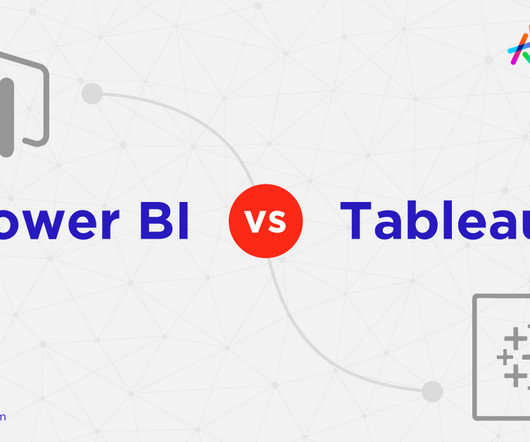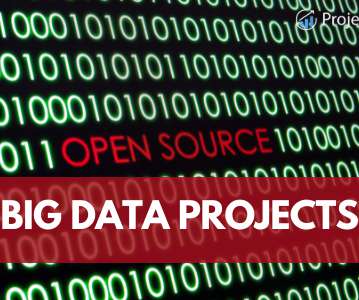Power BI vs Tableau: Which Data Visualization Tool is Right for You?
Knowledge Hut
JANUARY 24, 2024
Supports numerous data sources It connects to and fetches data from a variety of data sources using Tableau and supports a wide range of data sources, including local files, spreadsheets, relational and non-relational databases, data warehouses, big data, and on-cloud data.













Let's personalize your content